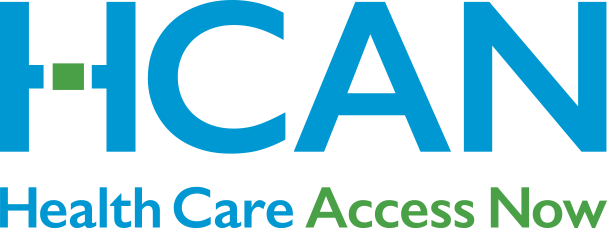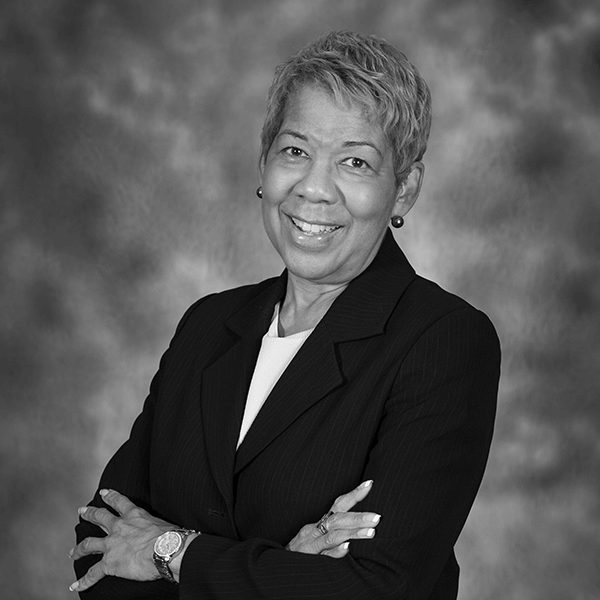PRESS RELEASE: Member HUBs create Ohio network to achieve health equity
FOR IMMEDIATE RELEASE
In Ohio, there are currently 10 Pathways Community HUB Institute Certified HUBs (HUBs). These HUBs have created a network in order to support, grow, and sustain their model, with the goal of achieving health equity for all people in Ohio.
- HUBs are built for and by the communities each serves. Regional organizations work to receive certification, then act as that area’s HUB.
- The HUB model is an evidence-based system that helps trained Community Health Workers (CHWs) perform field work in vulnerable communities to identify and eliminate characteristic barriers to clients’ good health outcomes. Typical obstacles include food insecurity, lack of transportation access, and housing instability.
- Outside health care agencies partner with regional HUBs to benefit from CHW training and certification, field support, and data.
Health Care Access Now (HCAN) acts as the Cincinnati regional HUB, training, certifying, and dispatching CHWs to use the model in order to reduce health care inequity in under-resourced communities.
The 10 Pathways Community HUB Institute Certified HUBs (HUBs) in Ohio have banded together to form a network, with the goal of supporting, growing, and sustaining the HUB model in the state.
Health Care Access Now (HCAN) was built for and acts as the Cincinnati regional HUB, an evidence-based system that guides Community Health Workers (CHWs) as they perform field work to identify and eliminate characteristic barriers to under-resourced clients’ good health outcomes. HCAN trains, certifies, and dispatches CHWs to use the HUB model in order to reduce health care inequity in vulnerable communities. Outside health care agencies, such as Cincinnati Health Department, partner with HCAN to benefit from CHW training and certification, field support, and data.
At the core of the HUB model is the idea that social determinants affect health. When CHWs work with clients using the model, they tailor a plan to fit each individual’s specific needs across age, race, culture, geographic location, and gender. By recognizing obstacles to health—such as food insecurity or lack of reliable transportation—CHWs are able to connect clients to community-based resources that can improve health outcomes.
“The HUB has proven its effectiveness in making a substantial difference in clients’ lives,” says Sarah Mills, CEO of HCAN. “By creating a network of Ohio HUBs, we will be able to collaborate on projects, such as providing education regarding the HUB model and Community Health Workers with government and policy leaders.”
The network will also allow the Ohio HUBs to amplify its united voice, scale innovation, and share technical assistance, support, and best practices with one another. The ultimate goal for the network is to achieve health equity for all people in Ohio.
“Rather than each of us working separately but diligently at the same goal in our own areas of the state, we can pool our knowledge and collaborate to have a greater impact on eliminating racial health inequity,” says Mills.
In 2020, HCAN had 28 CHWs serving 1,004 clients in the Maternal & Child and Adult programs. Overall, 192 CHWs from Ohio HUBs served 4,036 clients in those programs in 2020. HCAN looks forward to a fruitful collaboration with the other Ohio HUBS and making ever greater strides in its shared mission.


